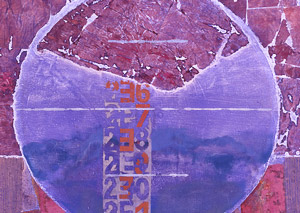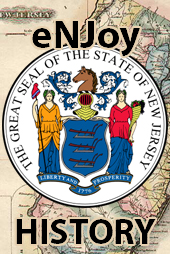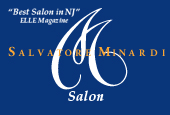 If you haven’t been following the news cycles lately, you may have missed a story or two about Russia. It seems they are interested in our, um, infrastructure. That is, if you believe the dishonest mainstream media. How about we leave politics to the politicians and the pundits and we concentrate of the beauty of the art that comes from this vast and culturally diverse nation? With a short drive to New Brunswick and Rutgers University, you can see the other side of global détente. Here is what you can expect…
If you haven’t been following the news cycles lately, you may have missed a story or two about Russia. It seems they are interested in our, um, infrastructure. That is, if you believe the dishonest mainstream media. How about we leave politics to the politicians and the pundits and we concentrate of the beauty of the art that comes from this vast and culturally diverse nation? With a short drive to New Brunswick and Rutgers University, you can see the other side of global détente. Here is what you can expect…
A Vibrant Field: Nature and Landscape in Soviet Nonconformist Art, 1960s-1980s is the first exhibition at the Zimmerli Art Museum to explore the wide range of meanings that the natural world held for unofficial artists in the Soviet Union. Drawn from the strengths of the Dodge Collection, the exhibition brings together works produced in the period between thaw and perestroika that challenged the link between nature, optimism, and progress, which socialist realist aesthetics had promoted. Approximately fifty objects across media are featured, including painting, sculpture, works on paper, photography, and performance, by more than twenty-five artists and artist groups from the Soviet republics of Estonia, Latvia, Lithuania, Russia, and Ukraine. Despite the artists’ diverse backgrounds and creative approaches, together their works establish nature as a vibrant subject matter, push the boundaries of landscape as a genre, and limit the appropriation of landscape imagery in the name of socialist ideology. In turn, the status of nature in late socialism, and one’s individual or collective place within it, is explored as an open–and vital–question.
A Vibrant Field assembles varied perspectives, vantage points, and orientations that underlie how one experiences nature, both in the physical sense of navigating nature as a real environment and in the conceptual sense of coming to know, describe, represent, or assign it with symbolic value. The exhibition is mapped along three principle zones of inquiry. The first, Visions, draws together work that takes to task the process of visualizing spaces in nature in order to elucidate, reimagine, or critique how humans relate to or inhabit them. In this section, particular attention is paid to works that highlight ecological concerns resulting from the exploitation of natural resources and rapid pursuit of industrialization in the Soviet Union. In Reflections, artists place less emphasis on the material landscapes in nature than on how they become a picture and the role of artistic convention, memory, and ideology in mediating this process. Finally, Encounters considers the emergence of land art and performance-based practices in nature in the 1970s and 1980s that provided a freer alternative to urban communality, ritual, and public space in the Soviet Union. Through their direct encounters with the land, artists in this section approach nature not only as a subject matter or a backdrop to their work, but in some cases as an actor or co-producer.
Organized by Anna Rogulina, a Dodge-Lawrence Fellow at the Zimmerli and Ph.D. student in the Department of Art History at Rutgers.
Zimmerli Art Museum Dodge Hall Rutgers University
Opening March 4



































